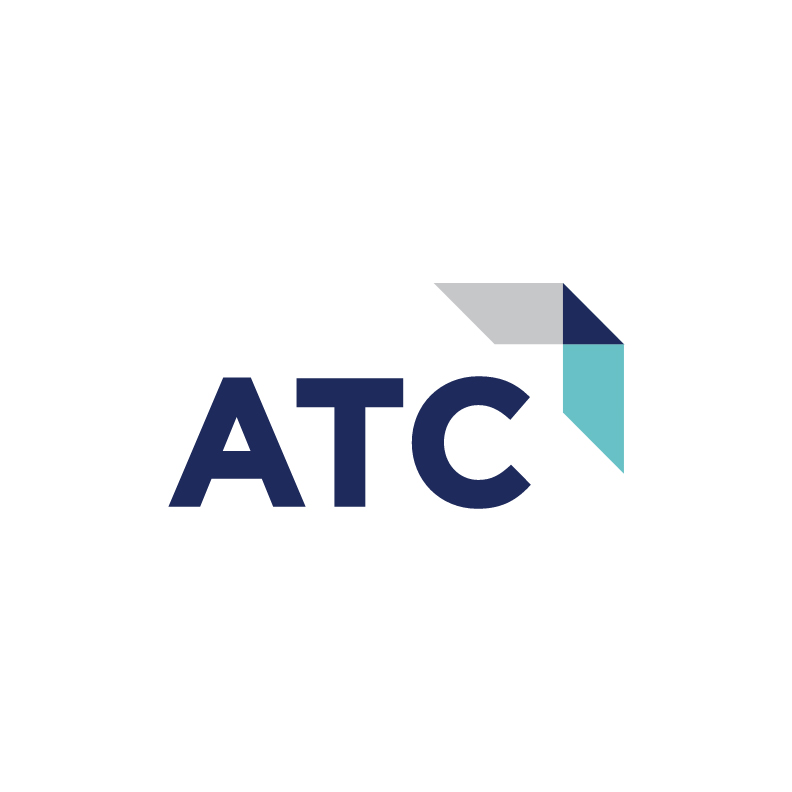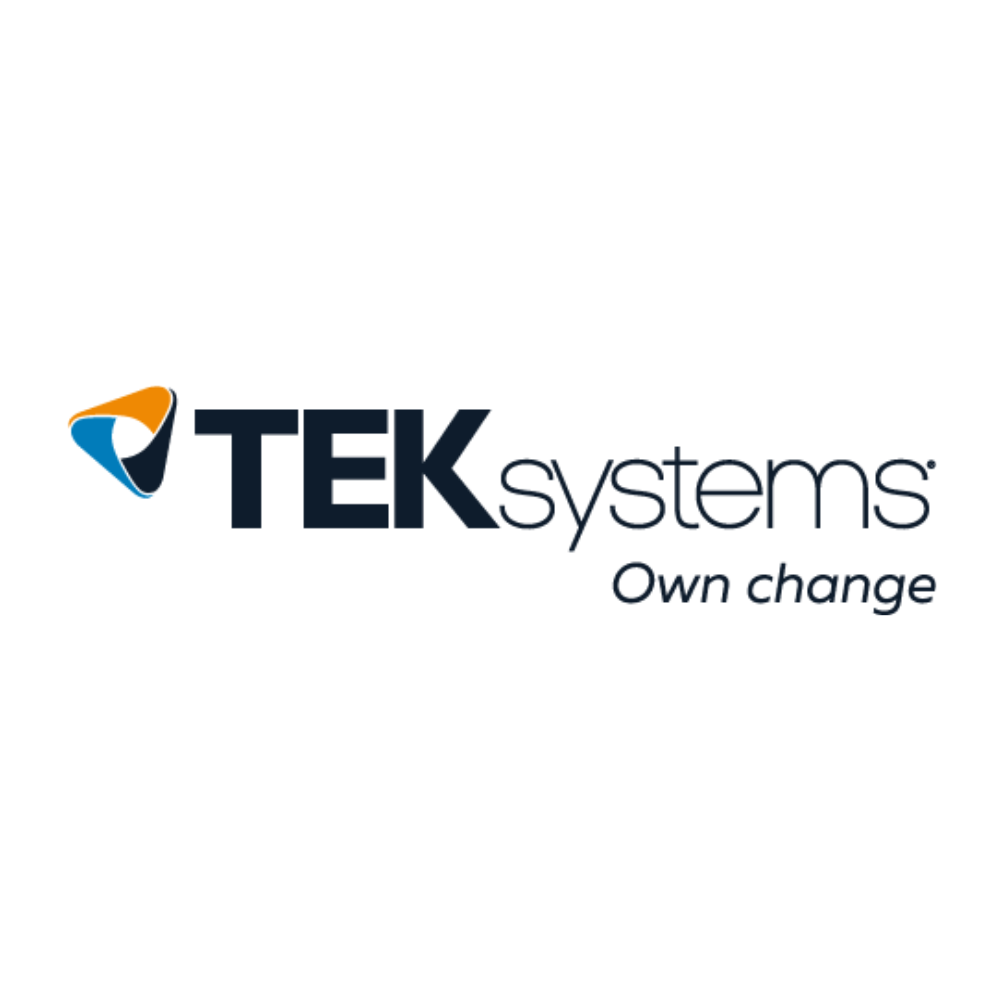
For information technology (IT) to be considered a valuable investment by the C-Suite, it must be strategically aligned with the business’s key objectives. IT expenditures that do not align with these objectives become a financial drain.
Simply aligning IT with the business is not enough. The IT investments must deliver the promised results and provide appropriate returns on investment (ROI). Achieving this requires a closed-loop process. The IT organization must maintain a relationship with the C-Suite, allowing visibility into both current and future business objectives. This ongoing conversation necessitates trust and a high level of IT competency.
One challenge with alignment is the diverse perspectives within the C-Suite. While all are focused on advancing the business and guided by the same objectives, each executive views the path to success through the lens of their specific function. This diversity requires the IT organization to have a robust prioritization mechanism.
This prioritization is typically managed through the IT portfolio management process, which assesses projects based on business impact (e.g., alignment with key business objectives, payback period, ROI) and implementation difficulty (e.g., risks, likelihood of success). After agreeing on a prioritized list of projects, the IT organization must match available resources and investment capacity to these projects. It is crucial that all proposed investments are cost-efficient and perceived as reasonable by the C-Suite.
Building relationships and trust with the C-Suite is vital. When C-Suite members perceive IT estimates as too high, it is often due to a lack of understanding of the required integration with legacy systems or the extent of change management needed. Therefore, accurate and comprehensible estimates are essential.
During project prioritization, it is important to establish clear metrics for success. Success extends beyond mere implementation; it includes delivering the projected business value. The IT organization’s commitment to the C-Suite must be fulfilled. As an example, a CEO at NCR would always ask, “If I give you a dollar today, when will you return it to me?” He wanted an answer of less than a year, though he made exceptions for larger projects, emphasizing accountability for business value return.
The IT organization must have a process to evaluate investments six months to a year post-implementation, ensuring that the returns are meeting expectations. These returns can manifest as cost savings, reduced time to market, improved customer satisfaction, or increased revenue, all contributing to the entity’s bottom line. This process is often referred to as business value management.
In summary, success in collaborating with the C-Suite hinges on building relationships and fulfilling commitments. IT organizations need to understand key business objectives, align their investments accordingly, prioritize investments based on C-Suite directions, successfully implement projects, and ensure these projects deliver the expected business value. Consistently delivering business value to the C-Suite will dispel the notion of IT investment as a financial drain.
Bio: Don Hopkins is the Interim Dean of Raj Soin College of Business at Wright State University and former Chief Information Officer at NCR, SunGard Availability Services and International Game Technology. He also served as Vice President of Global Procurement and Supply Chain Management at both NCR and SunGard Availability Services and International Game Technology.














.png)




